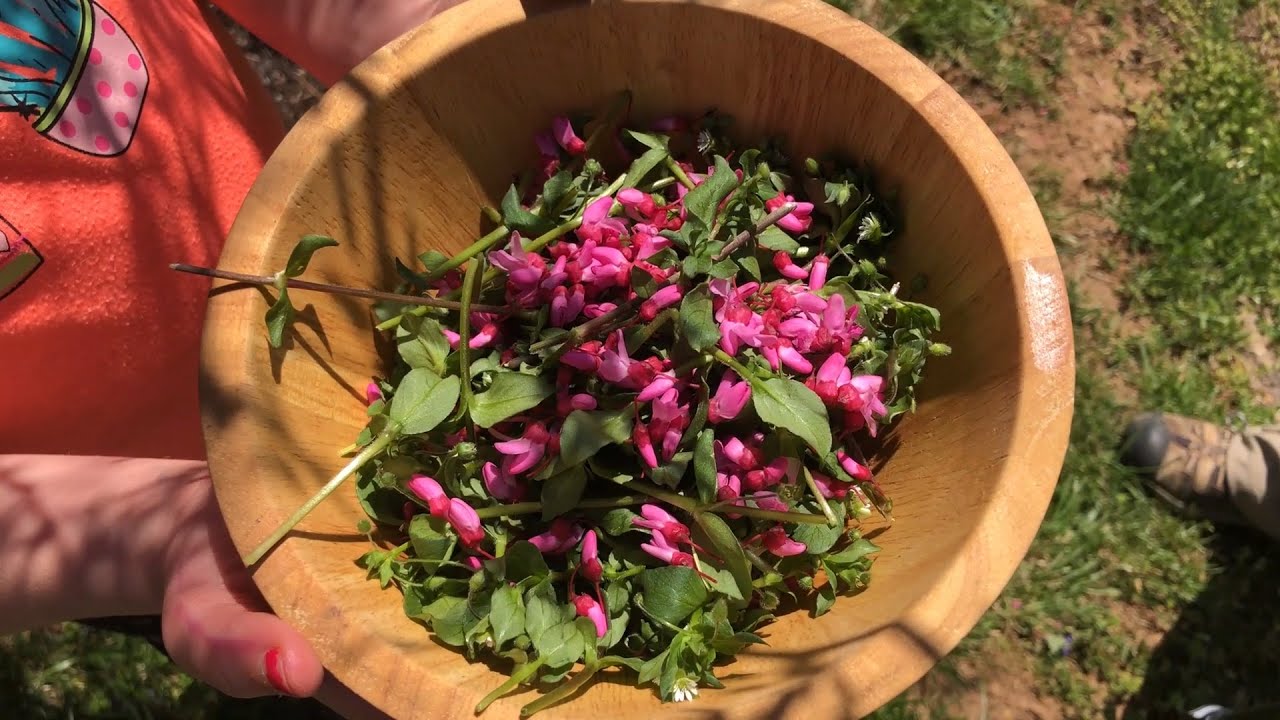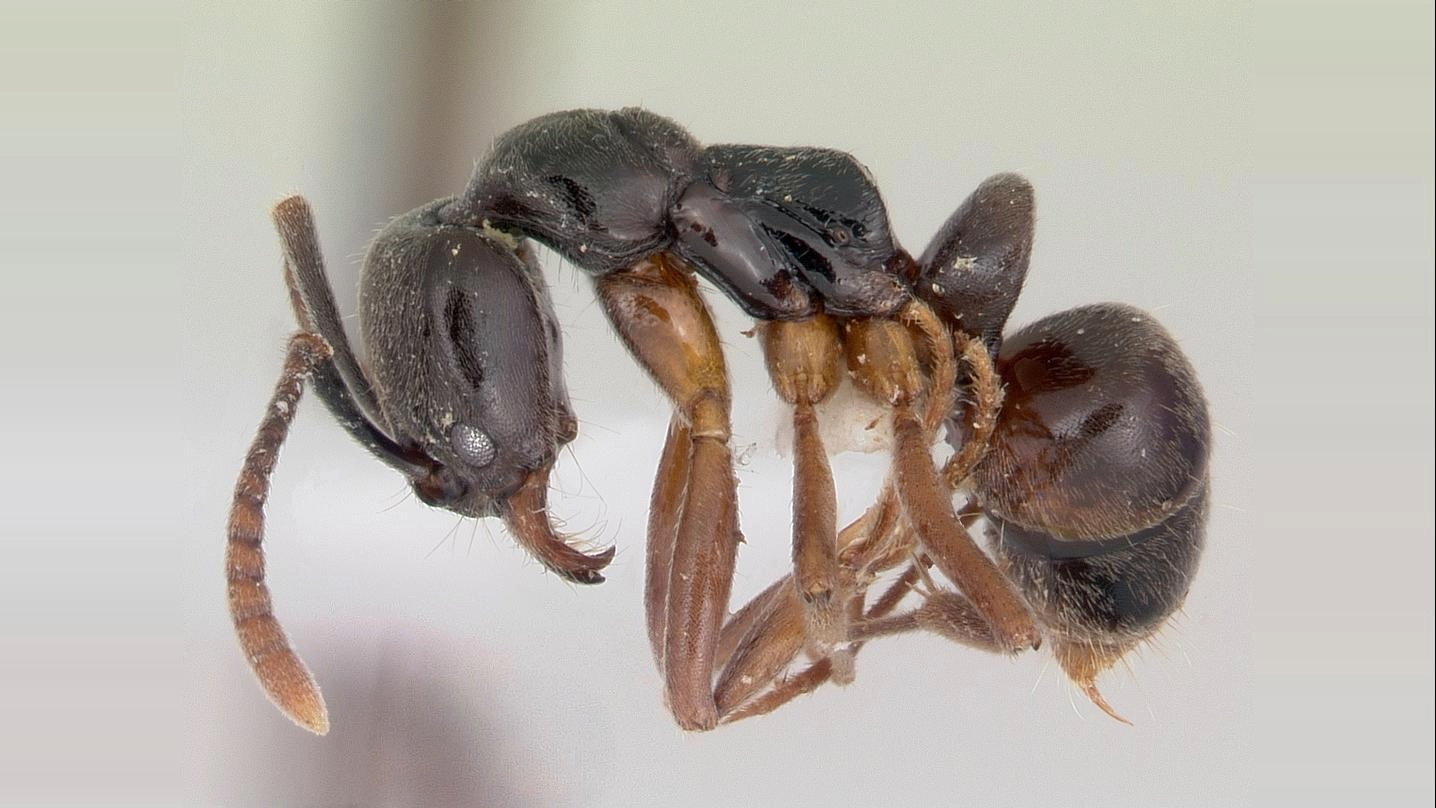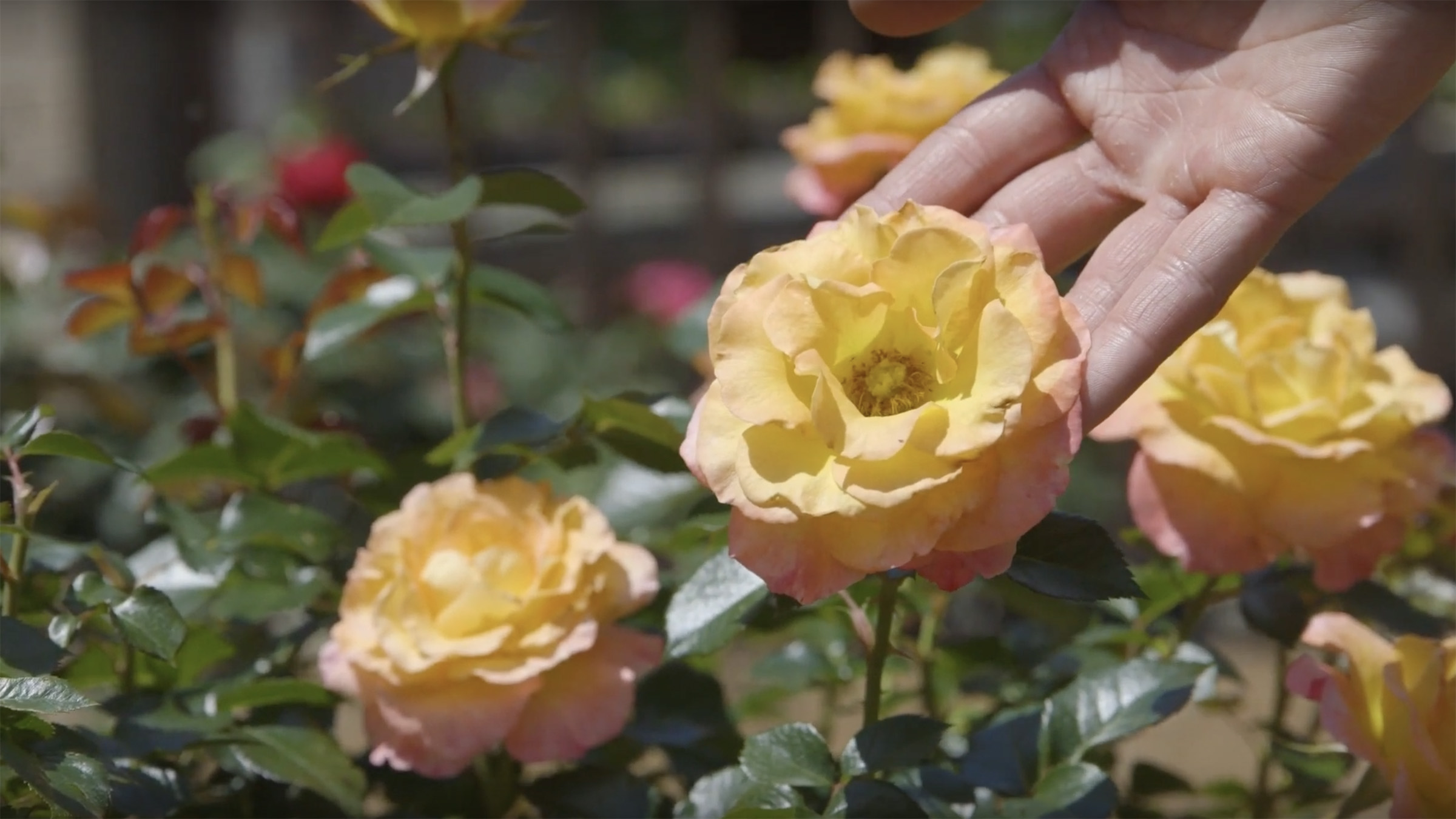The arrival of spring means weeds may be popping up in your yard. But don’t toss them in the compost pile just yet — you might be able to use them for a fresh, colorful spring salad.
Several plants and weeds common to our landscapes are actually edible.
Several plants and weeds common to our landscapes are actually edible. While some might seem like a nuisance, you may find a few new ingredients to add to your favorite dish.
In this episode of In the Garden, Travis Birdsell, director for N.C. Cooperative Extension’s Ashe County Center, shows us how to do some urban foraging in our own backyards. Discover how to identify seven edible plants to make a healthy and vibrant salad without leaving home.
NOTE: Make sure you confirm the identity and health effects of any and all plants before consuming them. The North Carolina Extension Gardener Plant Toolbox from NC State, which contains detailed descriptions and photographs of more than 4,000 plants that grow in and around North Carolina, is an excellent resource to help with plant identification and safety info.
From Yard to Salad
- Chickweed: leaves, flowers and stems are edible
- Dandelions: leaves and blossoms are edible
- Eastern redbud: flowers are edible
- Oxalis: leaves are edible as a garnish
- Wild violets: flowers are edible
- Wild garlic: leaves are edible
- Pansies: flowers are edible
Learn More About Edible Flowers
- Categories:



